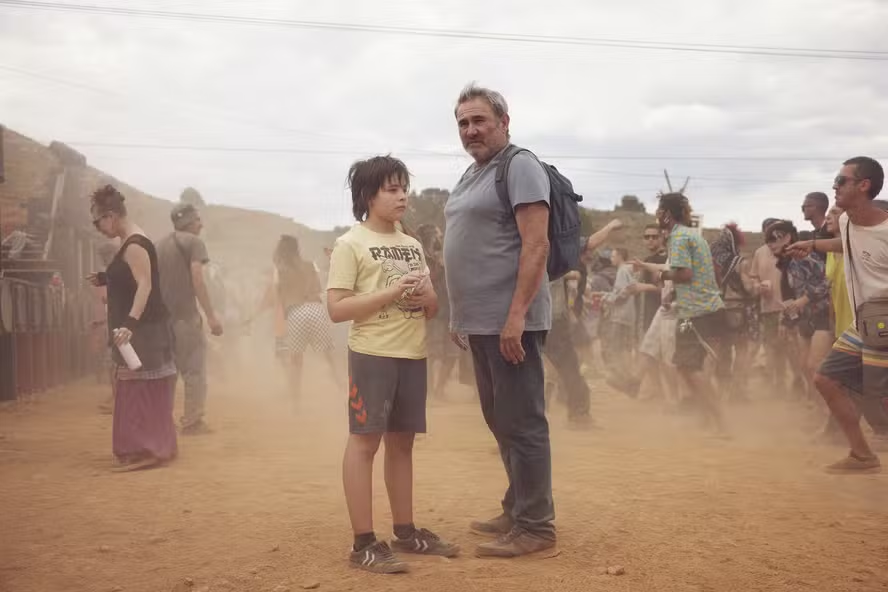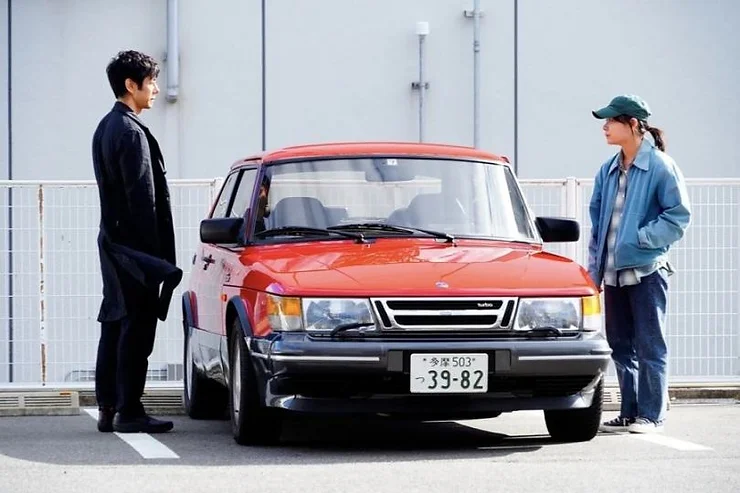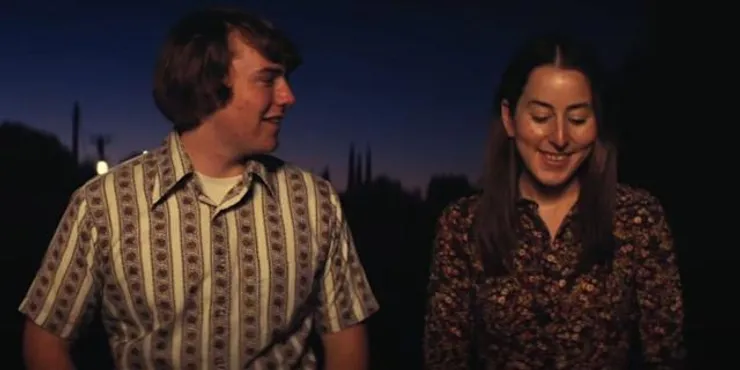Sirât (Spain, France, Morocco, 2025)
Original title: Sirât
Director: Óliver Laxe
Screenplay: Óliver Laxe and Santiago Fillol
Main cast: Sergi López, Bruno Núñez Arjona, Stefania Gadda, Jade Oukid, Tonin Janvier, Joshua Liam Henderson
Running time: 115 minutes
The experience of deciding to watch a film among more than 200 festival titles is complex. You need to evaluate the festivals the film has already screened, the reception, synopsis, genre, and poster, and develop a sense of whether it seems interesting or not. Part of the fun is always finding hidden gems amidst the program, and also allowing yourself to be surprised by what’s being shown. The latter was exactly the case with Sirât, as the acclaim at Cannes, combined with the interesting poster, led me to believe it would be some kind of road movie in the desert. And it would be hard to be both wrong and right at the same time than with this definition.

Without reading the synopsis, I imagined it was about something like a political persecution in the Middle East, or at most something similar to Naga (2023), also seen at TIFF a few years ago. All I had to do was read the synopsis to discover that it’s actually about Luis (Sergi López) and his son Esteban (Bruno Núñez Arjona), who are at a rave in the middle of the Moroccan desert trying to find their missing daughter/sister. The title, which refers to the bridge that connects Earth to Heaven for Islam and is explained in the opening credits, actually refers to the path they will have to take in their search.
The film begins with a jolt, with electronic music blaring from the speakers and a group of strangers enjoying themselves in a completely inhospitable environment. And while there’s a beginning that is somewhat reminiscent of Climax (2018) in its presentation of these bodies in motion, we’re barely aware at that moment that the films are similar in more ways than one. Luis soon realizes that no one there knows his daughter, but he receives information that there will be another rave, even further out in the desert. When Moroccan soldiers show up to break up the party due to a national emergency, we follow father and son on this endeavor through the inhospitable desert with a group of people who live electronic music as a lifestyle.
At this point, we’re already hooked. We want to understand this group of people and how this small community formed. We want to understand how they manage to remain oblivious to the radio news that something very bad is happening in the world. And even more than that, we want to know if this family will find the girl — and what their little family will be like, formed within this European alienation in North Africa.
As we formulate these questions and learn a little more about these characters, we also understand how desolate the space in which they find themselves is. From the lack of assistance in the event of an accident to the fact that they have to make do with the provisions they already have, the film’s cinematography clearly demonstrates the small size of humanity in relation to the vastness of the desert. And, if at any point we let our guard down, we are constantly reminded that this is a place of extreme tension and survival.
And more than torturing the viewer — which it does, quite violently — it also reminds us of how relatively fragile human existence is, considering not only nature but also what we have been able to invent militarily. As the drama shrewdly transforms into tragedy, it is impossible not to return to reflecting on the swiftness of life and our infinite capacity for annihilation. If we initially envisage a discourse on belonging within this community of misfits, it is impossible to finish the film without feeling a bitter and desolate aftertaste.




